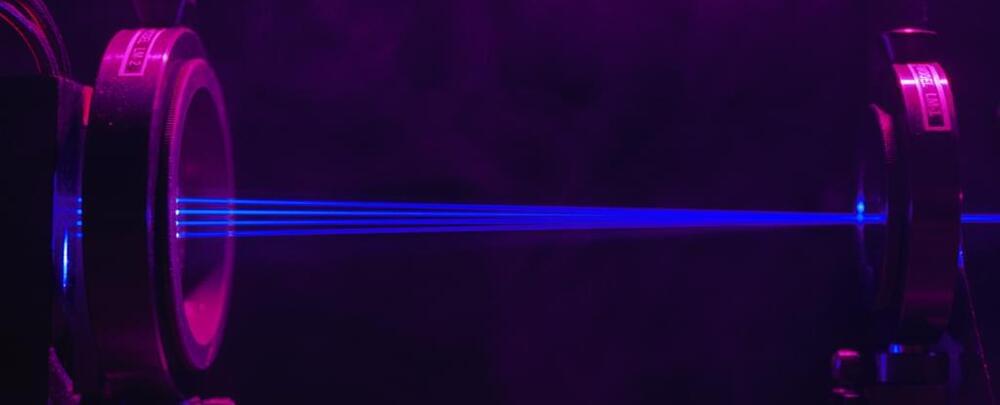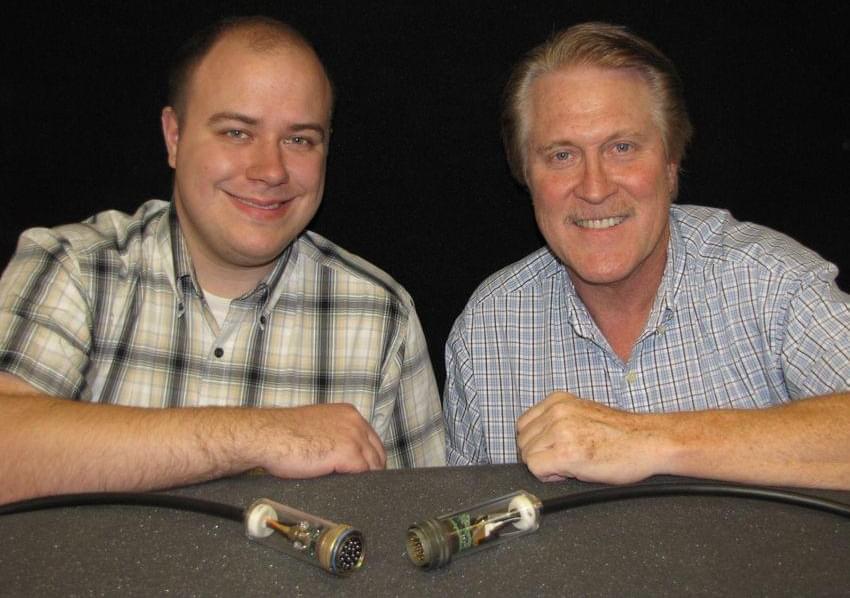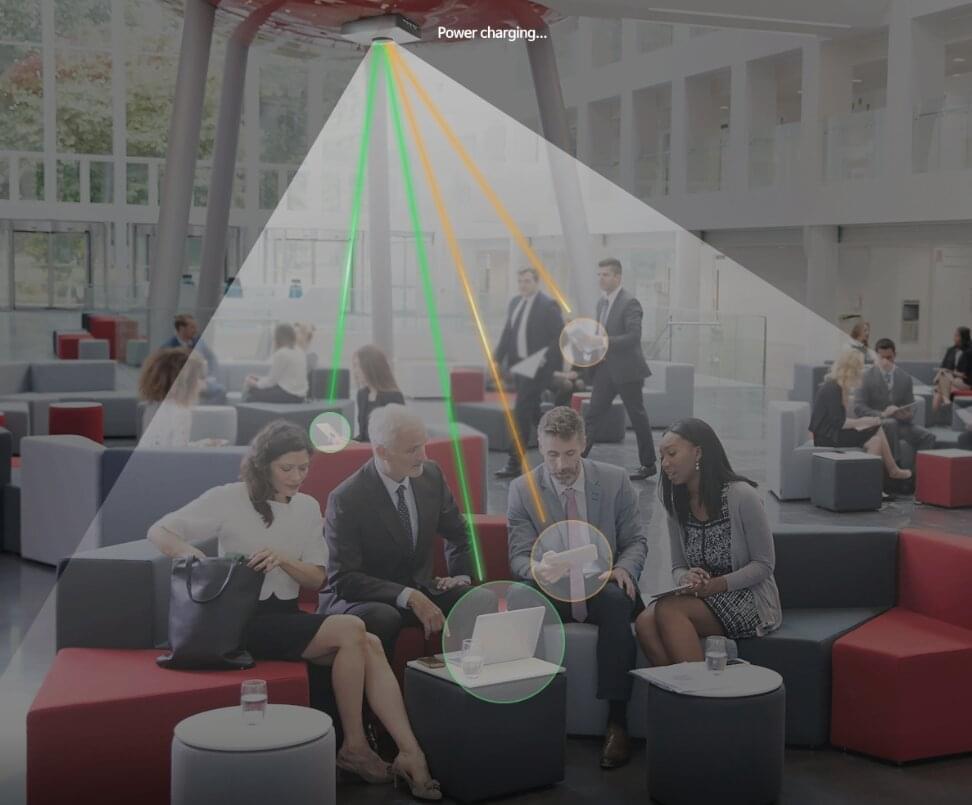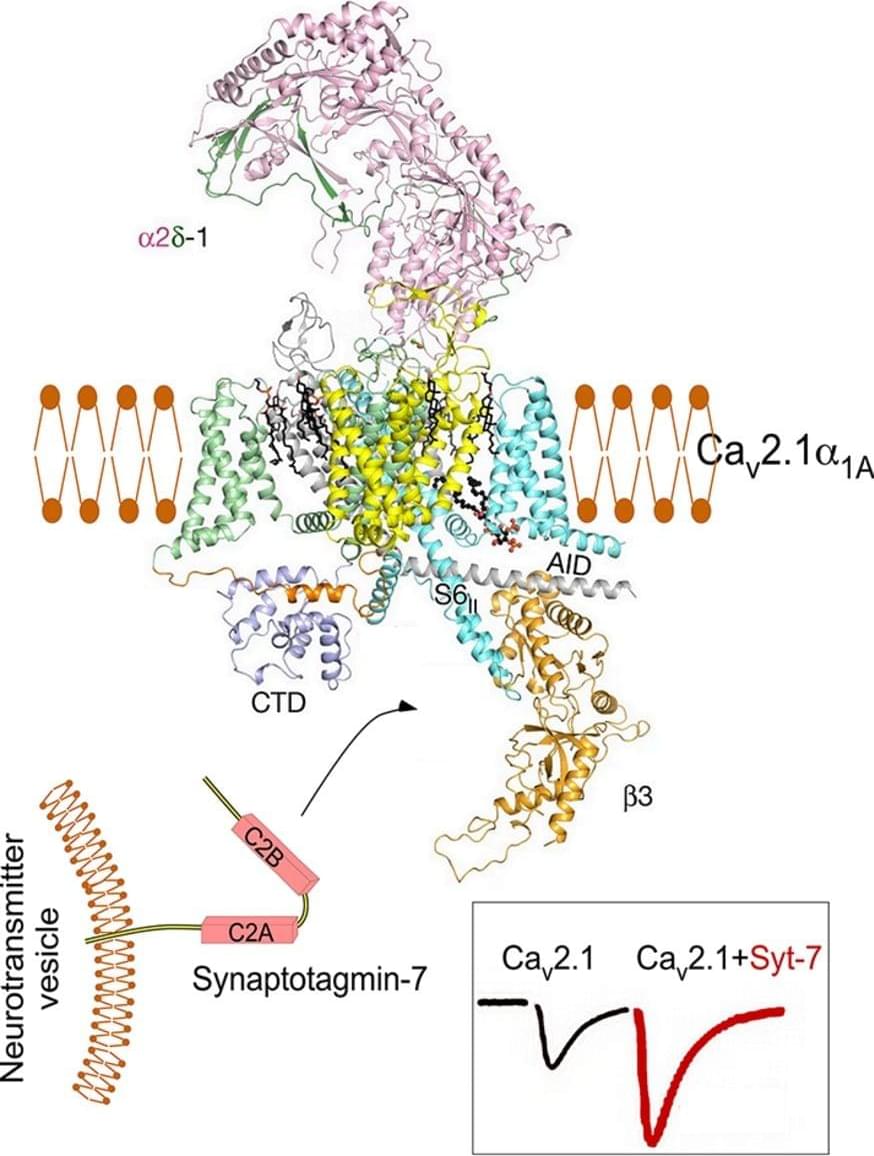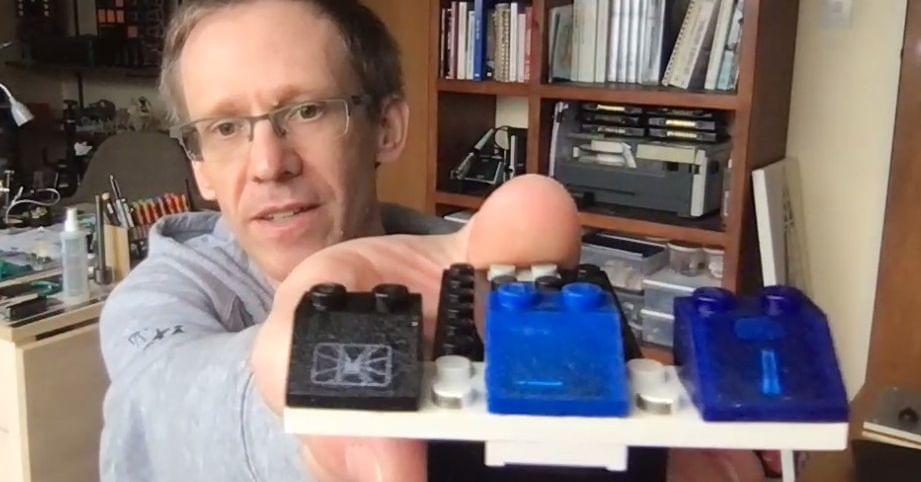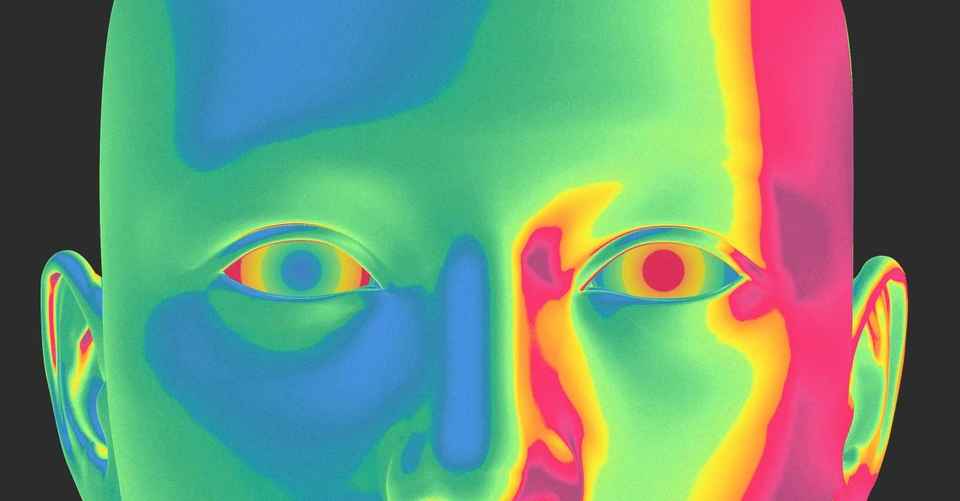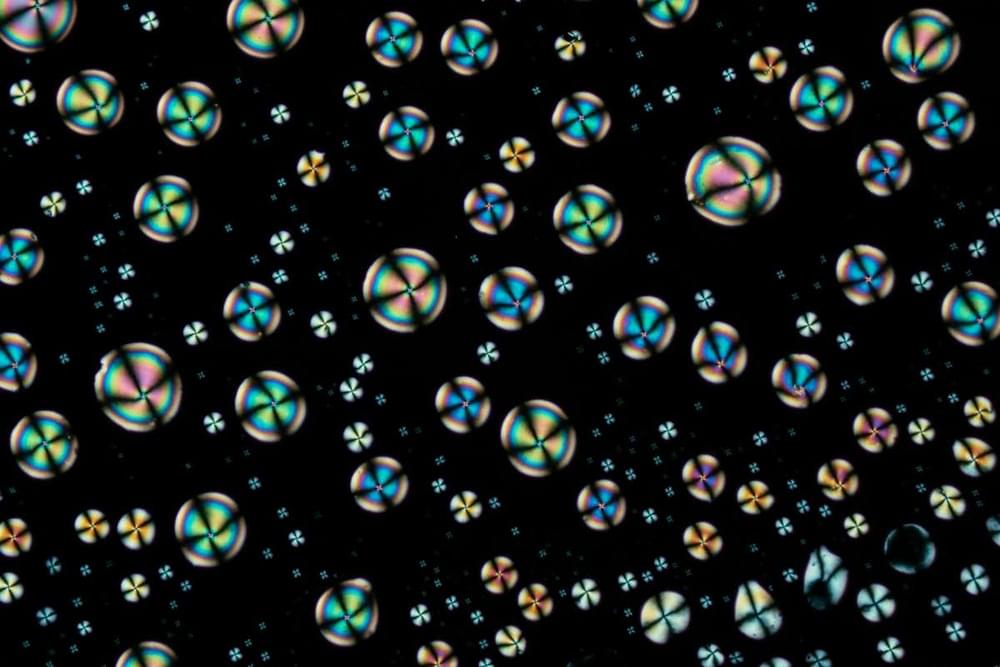Sep 2, 2022
Researchers Just Wirelessly Transmitted Power Over 98 Feet of Thin Air
Posted by Quinn Sena in categories: electronics, mobile phones
We could one day charge our phones and tablets wirelessly through the air, thanks to newly developed technology.
Researchers have used infrared laser light to transmit 400mW of light power over distances of up to 30 meters (98 feet). That’s enough juice to charge small sensors, though in time it could be developed to charge up larger devices such as smartphones too.
All this is done in a way which is perfectly safe – the laser falls back to a low power mode when not in use.
